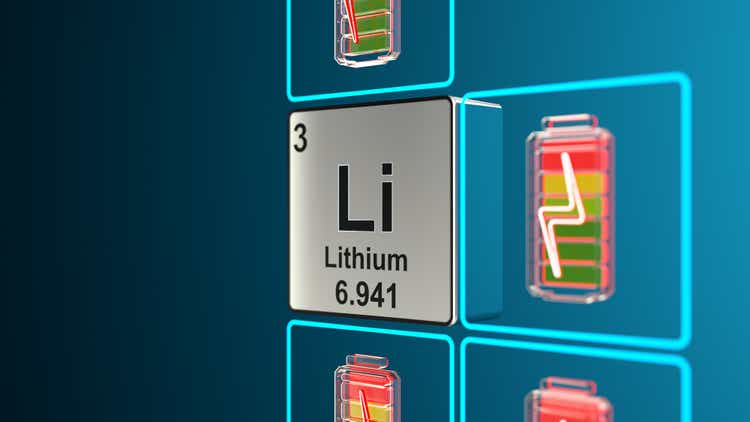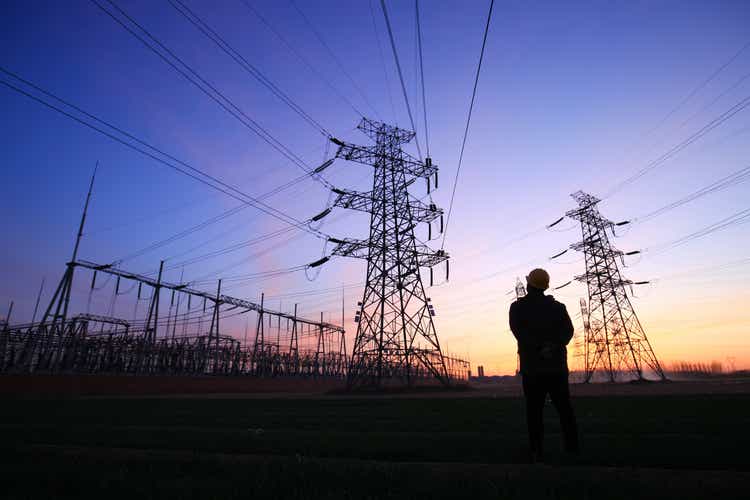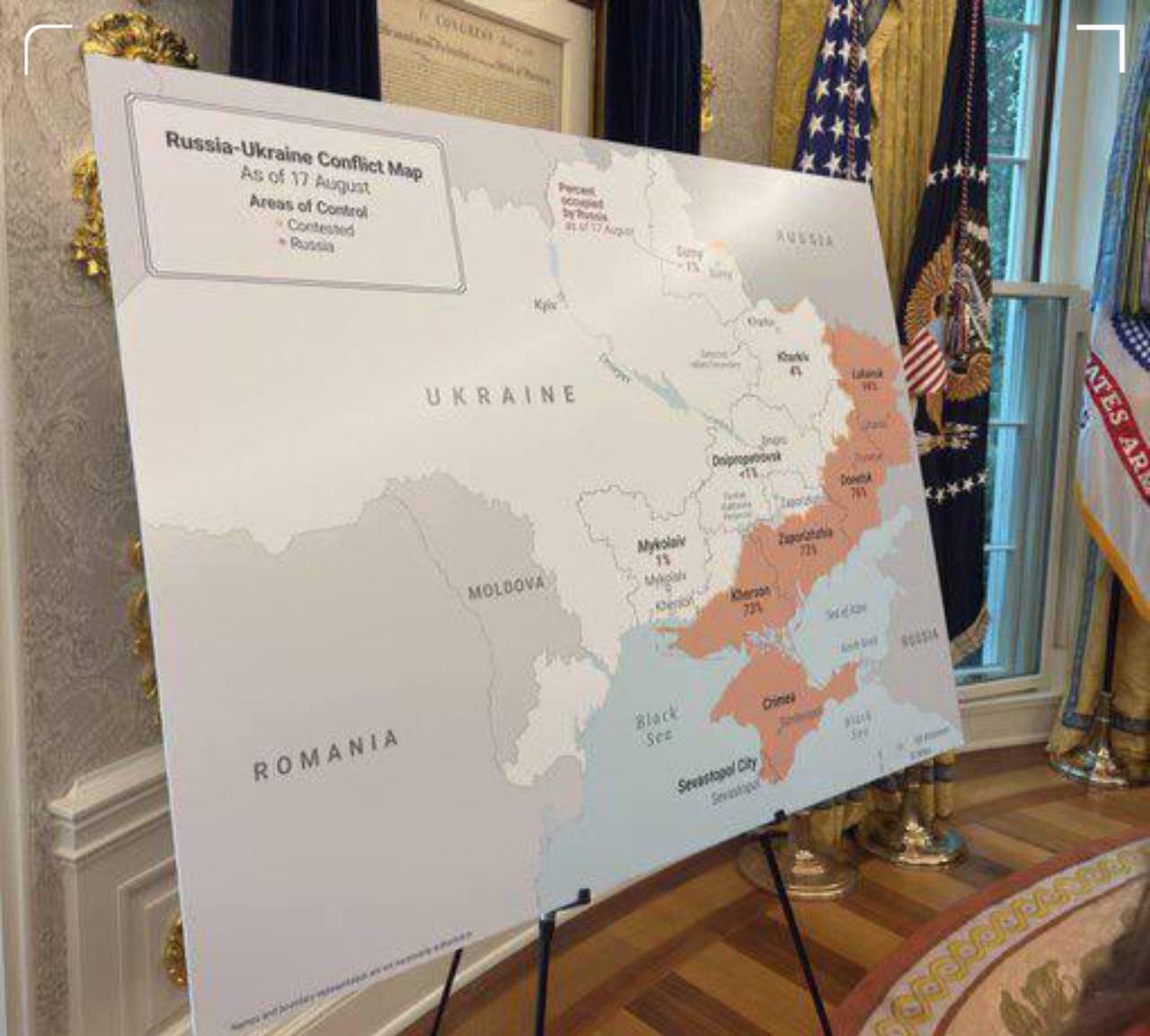 Rooftop solar facility refers to a solar photovoltaic (PV) energy generating system built on the rooftop of a residential, commercial building, or industrial facility, which is used for self-consumption or commercial purposes. This file photo shows solar panels set up on the roof of a home in Algete, outside Madrid, Spain. — REUTERS/SUSANA VERA
Rooftop solar facility refers to a solar photovoltaic (PV) energy generating system built on the rooftop of a residential, commercial building, or industrial facility, which is used for self-consumption or commercial purposes. This file photo shows solar panels set up on the roof of a home in Algete, outside Madrid, Spain. — REUTERS/SUSANA VERABy Sheldeen Joy Talavera, Reporter
WHILE rooftop solar financing in the Philippines is gaining traction, more efforts are needed to unlock its potential, according to major banks.
Dexter Lloyd C. Cuajotor, head of retail lending at Bank of the Philippine Islands (BPI), said the demand for solar rooftop financing solutions are expected to continue to expand in the coming years.
“BPI is optimistic about the rising demand for solar financing, driven by the steady growth in solar energy adoption, supported by the continued decline in solar installation costs brought by more solar panel providers in the market, more favorable government policies and stronger awareness campaigns that highlight the benefits of renewable energy,” he told BusinessWorld.
Rooftop solar facility refers to a solar photovoltaic (PV) energy generating system built on the rooftop of a residential, commercial building, or industrial facility, which is used for self-consumption or commercial purposes.
As of April, behind-the-meter solar PV systems had an installed capacity of 46 megawatts, data from the Department of Energy (DoE) showed.
Compared with large-scale renewable energy projects, rooftop solar projects tend to be viewed to be “lower risk and more scalable” as they require less capital expenditures and are quicker to implement, Mr. Cuajotor said.
He said that among the challenges faced by banks when evaluating rooftop solar financing are the availability of reliable solar panel providers, insufficient collateral property to cover the loan, and when savings on electricity do not cover the monthly amortization.
“The financing requirements of rooftop solar systems are generally much smaller versus utility-scale solar projects, so it is understandable that there is more attention on the latter,” Juan Paolo E. Colet, managing director of China Bank Capital Corp., said via Viber.
Mr. Colet said that there are banks that are supportive of rooftop solar developers amid growing demand for loans in the sector.
“When we evaluate potential rooftop solar financing deals, it’s important that our bank gets comfortable with the capabilities and track record of the developers and suppliers, the profile of the energy customers or offtakers, the quality of the contracts, and the size and characteristics of the project portfolio,” he said.
Eduardo V. Francisco, president of BDO Capital and Investment Corp., said that financing for rooftop solar loans is challenging as banks look at these individually, instead of portfolio lending.
“We don’t look at the rooftop solar as a security investment unlike buying a car or a home. So, we have to do something,” he said.
However, for a small installer of rooftop solar, what is needed is a type of financing that allows a “simple process, small loans, and faster turnaround,” according to Philippine Solar and Storage Energy Alliance Chairman Theresa Cruz-Capellan.
“Banks are a very reliable source of credit and financing. But they are not the best option for homeowners or small business for rooftop solar financing,” she said.
“The steps required by the banks, not because they like to, but because they are regulated and subjected to a lot of laws, are cumbersome for a small installer or homeowner to deal with,” she added.
Ms. Cruz-Capellan said that the industry is working on opening a way for everyone to access funds, especially amid a significant downtrend in the cost of solar panels.
The DoE is seeking to promote solar roof-mounted technologies to empower more electricity end-users and augment power supply in the country.
Aside from net metering, a program allowing electricity end-users to install renewable energy facilities and export excess power to the grid, the DoE has also paved the way for new business opportunities to solar PV developers.
Citing the Expanded Roof-mounted Solar Program, Energy Undersecretary Mylene C. Capongcol said that solar PV owners can inject power to the grid during a supply shortfall, lease or rent available rooftops for solar power projects, and peer-to-peer power sharing schemes.
“Locators or business establishments with rooftop solar may trade among each other and the excess is sold to the grid,” she said.

 2 hours ago
1
2 hours ago
1




















 English (US) ·
English (US) ·